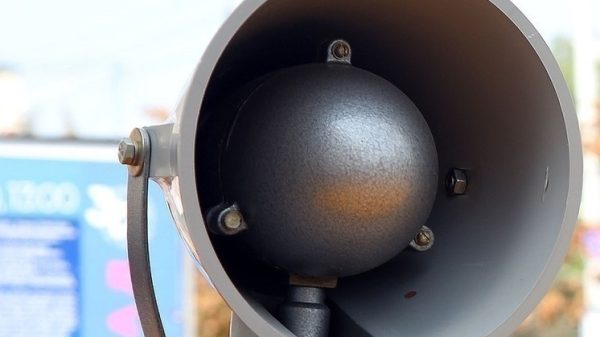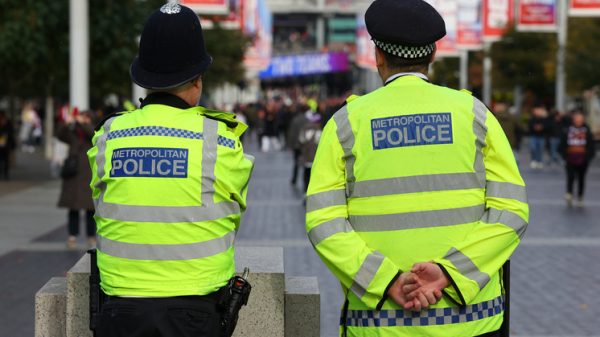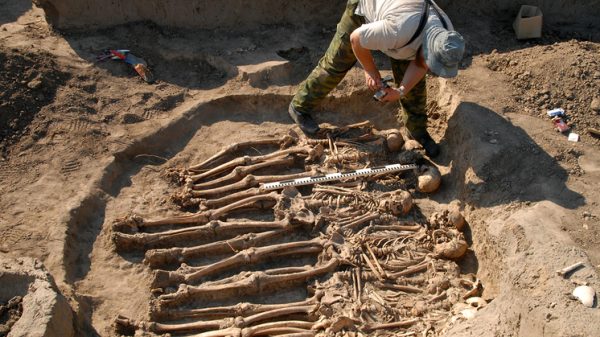The government’s struggling test and trace system for England was hit by “huge” IT issues that delayed calls to some of the most vulnerable coronavirus patients last month, NHS emails show.
Sources said the previously-undisclosed problems led to delays of up to 48 hours reaching potentially infected people linked to care homes and hospitals.
The government’s scientific advisers have warned that 80% of an infected person’s close contacts should be reached within 24 hours to stem the spread of the disease.
The IT failure happened in mid-October when the numbers of infections and people in hospital were rising exponentially across large parts of the UK. They will add to concerns that the £12bn system has failed to keep up with the second wave, which it was supposed to help prevent.
Emails sent to NHS clinical-level contact tracers on 15 and 16 October said the “huge IT issues” were being “worked upon at the highest level”. The Department of Health and Social Care (DHSC) declined to say whether the issues had been resolved or how many people had been affected.
The problems emerged on 15 October, when an email was sent to NHS clinical professionals that said: “We are aware of huge IT issues today. They have been raised to PHE/Sitel.”
The email said there were issues with “tier 3 contact escalations” getting “stuck” in the system and with “outbreak cases that require contact tracing”. A contact-tracing source said tier 3 contact escalations often related to outbreaks at hospitals or care homes.
Q&A What is contact tracing?
Show
Hide
Contact tracing is one of the most basic planks of public health responses to a pandemic like the coronavirus. It means literally tracking down anyone that somebody with an infection may have had contact with in the days before they became ill. It was – and always will be – central to the fight against Ebola, for instance. In west Africa in 2014-15, there were large teams of people who would trace relatives and knock on the doors of neighbours and friends to find anyone who might have become infected by touching the sick person.
Most people who get Covid-19 will be infected by their friends, neighbours, family or work colleagues, so they will be first on the list. It is not likely anyone will get infected by someone they do not know, passing on the street.
It is still assumed there has to be reasonable exposure – originally experts said people would need to be together for 15 minutes, less than 2 metres apart. So a contact tracer will want to know who the person testing positive met and talked to over the two or three days before they developed symptoms and went into isolation.
South Korea has large teams of contact tracers and notably chased down all the contacts of a religious group, many of whose members fell ill. That outbreak was efficiently stamped out by contact tracing and quarantine.
Singapore and Hong Kong have also espoused testing and contact tracing and so has Germany. All those countries have had relatively low death rates so far. The World Health Organization says it should be the “backbone of the response” in every country.
Sarah Boseley Health editor
Was this helpful?
Thank you for your feedback.
A second memo to NHS clinical leads on 16 October said: “Thank you for your patience and support yesterday. The IT issues from yesterday is unfortunately still NOT resolved and is being worked upon at the highest level”.
A second contact-tracing source said the IT issues were “highly prevalent” for a week and led to delays of up to 48 hours in reaching infectious people and their close contacts.
The glitch occurred in Synergy, the software system used by contact tracers, run by the private firm Sitel, which is being paid £82m by the government for its work on test and trace. Sitel has not responded to a request for comment.
The IT issues came at a critical stage in the pandemic in England, in a week when prevalence was estimated to have more than doubled compared with a fortnight earlier.
Data released by NHS test and trace shows the length of time taken to reach potentially infectious people hit its worst week during the period of the computer errors. Only 43.6% of close contacts were reached by the system in the week to 21 October, compared with 67% the following week. However, it is not known whether the IT failure contributed to these delays.
The government’s Scientific Advisory Group for Emergencies (SAGE) has said 80% of an infected person’s close contacts need to be reached and told to isolate within 24 hours for test and trace to be effective.
The DHSC said: “We have built the biggest testing system per head of population of all the major countries in Europe and the largest the largest diagnostics network in UK history.
“Through the work of NHS test and trace, over 1.7 million people who may otherwise have unknowingly spread coronavirus have now been reached, and 80.4% of all contacts where communication details were given have been told to self-isolate, helping to break chains of transmission. We continue to work tirelessly to make the service quicker and more effective every day.”






















































Свежие комментарии